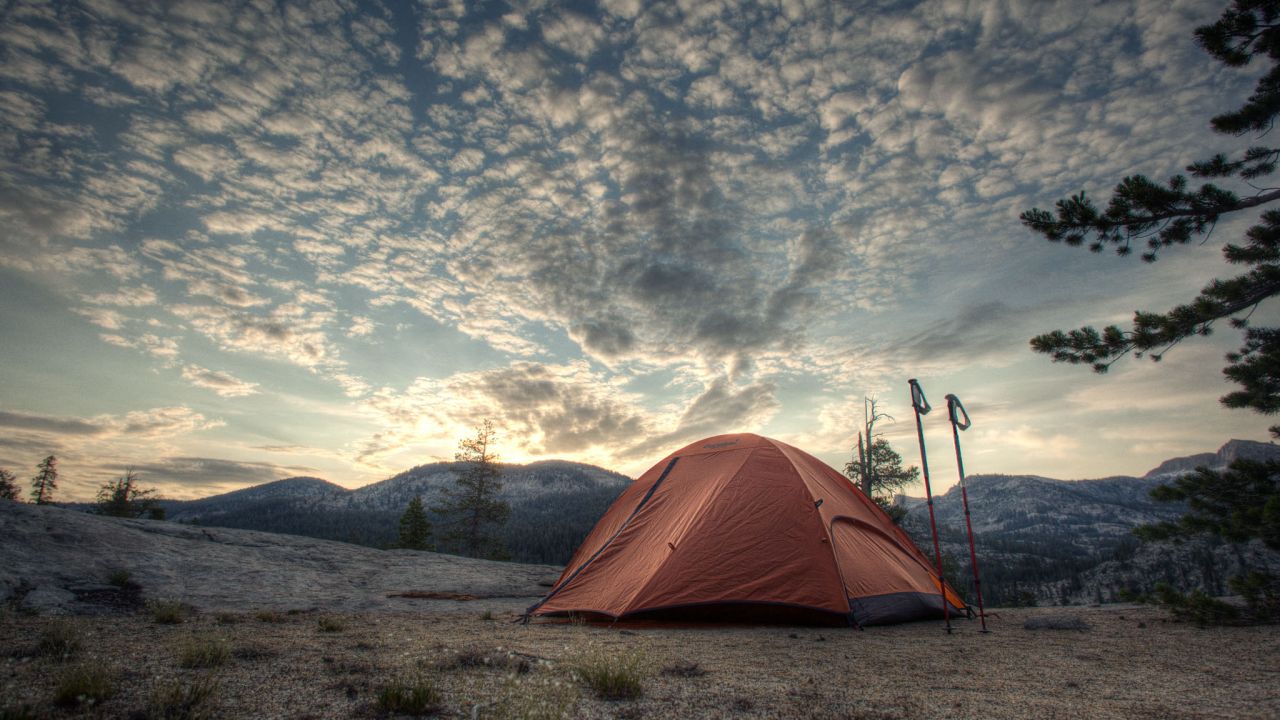
The United States Forest Service (USFS) is responsible for the resurvey and management of federal lands and for monumentation of national forests. Its mission consists of protecting and conserving the country’s natural resources. It administers several programs that improve the management of these natural resources. One of the programs is National Recreation Strategy, which focuses on forest fire research.
The development of national forests began in the mid-19th century. The first regional forester was appointed by Edward T. Allen in the Pacific Northwest Region. In the beginning of the 20th Century, national forests were mostly managed to harvest timber and for grazing. Because of this, recreation on these lands was not a rapid development. But the Roaring Twenties were a time of great growth in recreation. National forests offer more opportunities than ever to enjoy them, from camping to road construction.
In the 1920s the Forest Service operated 12 regional research centers. These labs were devoted to dendrological data and other information necessary to manage federal forests. After World War II, however, there was an increase in the need to do additional forestry research. The Civilian Conservation Corps program developed in the 1930s. Enrolled personnel were sent to the West to combat wildfires. The CCC built hundreds of lookout towers for locating and fighting fires. In the 1940s, over a thousand men were assigned to fighting fires. Although a few women were hired, they seldom worked in the field.
In the 1950s the Forest Service took over primary responsibility for the protection of rural areas from fire. Its first step in this direction was the creation of the Division of Fire Research. It was also granted the authority to create cooperative units. This legislation changed the Forest Service's operations and enabled it to achieve the autonomy that it enjoys today.
The Forest Service also established a professional standard in firefighting. It was also known as the "10 am" policy. It stipulated that fires should be contained no later than 10 a.m. upon receiving a report of a burning house. This was a Federal Agency stipulation.
As the Roaring 20s began to fade away, the Forest Service created a National Recreation Strategy to address changing socio-economic conditions. The strategy required public-private partnerships for outdoor recreation.
A major part of the strategy was the creation of a computer network to track lightning strikes. The network, which has now grown to over a hundred stations nationwide, is also used to monitor the location of fires that start during lightning storms. The Forest Service began to use an ecosystem-based approach in forest management.
Forest Service efforts have been instrumental in the success of the National Recreation Strategy. Its research has also played a large role in helping to shape the way the agency operates. The Wagonwheel Gap Watershed Study, for example, was a joint U.S. and U.S. project. Weather Bureau and the Forest Service. This study was an important precursor to the creation the National Park Service, and the National Wildlife Refuge System.